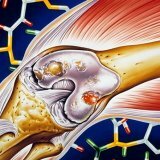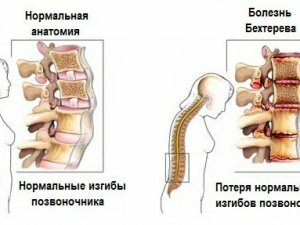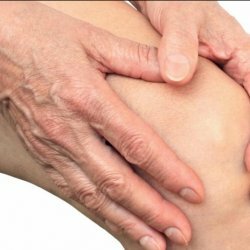Rheumatoid arthritis with systemic manifestations

Rheumatoid arthritis - rheumatic inflammatory disease of unknown etiology which is characterized by chronic symmetrical erosive arthritis of peripheral joints and systemic inflammation of internal organs.
Many specialists of rheumatoid arthritis are called "rheumatoid disease", thereby emphasizing the systemic nature of the manifestation. In the first weeks of the disease, weight loss is observed in patients, with high activity it can reach up to 20 kg in 6 months. Rheumatoid arthritis is accompanied by fatigue, general malaise, adynamics, fever. Fever appears in the initial period of the disease and most often disturbs in the evening and in the second half of the day. The duration of the fever is different and lasts from 2-3 weeks to six months.
Classification of
- In the form of rheumatoid arthritis happens: oligoatrite, polyarthritis, monoarthritis;
- For serotypes: seronegative, seropositive;
- Downstream: slow-progressing, fast-progressing;
- By the degree of activity: low - I, moderate - II, high activity - III;
- By the presence of functional ability: saved - 0, the professional capacity is preserved - I, the professional capacity is lost - II, the ability to self-service is lost - III.
Statistical data
Rheumatoid arthritis with systemic manifestations is typical for 1% of humanity. The predominant age is from 22 to 55 years. The predominance of the female sex over the male is 3: 1.Incidence per 100 thousand people - 23.4 cases.
Systemic manifestations
systemic manifestations of rheumatoid arthritis are:
- appearance rheumatoid nodules - rounded painless dense formation of magnitude of 2 to 3 mm in diameter and 2 to 3 cm are located mainly they subcutaneously at the joints of the fingers, mainly on the extensor side. On the elbows and forearms. As a rule, rheumatoid nodules are painless, mobile, in some cases soldered with bone or aponeurosis.
- rheumatoid vasculitis occurs in 8-20% of patients, predominantly in men. It manifests itself in the form of skin changes, uterine and nasal bleeding, abdominal syndrome, as well as internal organs, sometimes asymptomatic treatment.
- Peripheral lymphadenopathy is detected in 40-60% of patients. The most frequently affected are the anterolateral, supraclavicular, submaxillary, inguinal and axillary lymph nodes. Typically lymph nodes painless, elastic consistency, easily displaceable, to the skin is not welded, the size is usually up to 3 cm.
- At 25-30% of patients with systemic manifestations of arthritis diagnosed as splenomegaly by physical examination or by instrumental investigation method( CT, ultrasoundetc.).
- Anemic syndrome occurs frequently in more than 50% of patients and is in most cases combined. Some patients have symptoms of iron deficiency( dry skin, brittle nails, Anisocytosis, poikilocytosis, hypochromia hair loss), but mainly deals with "anemia of chronic inflammation."
- In rheumatoid arthritis, lung damage develops in 30-50% of cases. Most often it is chronic interstitial pneumonitis, pleurisy, rheumatoid nodules, rather rarely - acute pneumonitis and alveolitis.
- kidney involvement occurs in 10-25% of patients with kidney damage distinguish directly related to the primary disease and iatrogenic - those caused by proceeding rate antirheumatic therapy.
- Gastrointestinal tract is affected in more than 50% of cases. Clinically manifested in a decrease in appetite, flatulence, nausea, development of duodenal ulcers or stomach.
An important role in the treatment of the disease is played by exercise therapy. Recommended sanatorium treatment during remission or minimal activity. To correct deformations orthoses are used - orthopedic devices made of thermoplastic, which are worn for the night.



